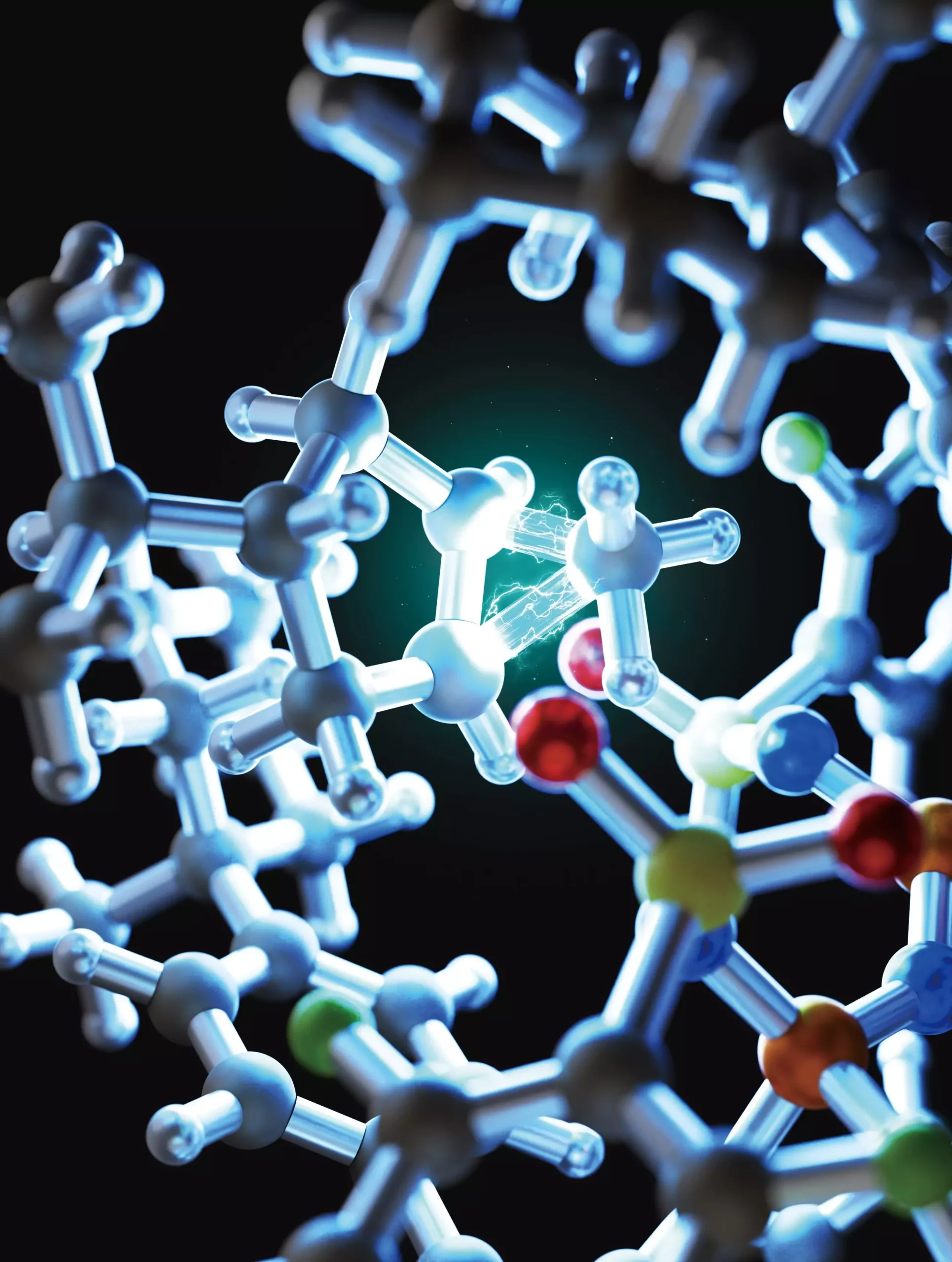Alkanes, which constitute a significant portion of fossil fuel reserves and are integral to the chemical industry, often present a significant challenge for chemists due to their inertness. Their robust carbon-carbon bonds render them stable, making the conversion of these essential compounds into more reactive and valuable derivatives difficult. These aliphatic hydrocarbons play a vital role in numerous applications, including the manufacture of plastics, solvents, and lubricants. However, the task of transforming them into useful products often proves to be technically demanding.
The traditional methodologies employed to process long-chain alkanes have largely revolved around techniques like cracking. This process, while useful, tends to result in a complex and varied mixture of products, complicating the task of isolating specific compounds of interest. The difficulty lies in the intermediary structures formed during reactions—specifically, carbonium ions. These highly reactive species typically feature a carbon atom flanked by five substituents rather than the standard three observed in typical carbocations, leading to challenges in achieving selective reactions.
To tackle these hurdles, researchers at Hokkaido University, led by Professor Benjamin List and Associate Professor Nobuya Tsuji, have turned their attention to cyclopropanes—three-carbon cyclic alkanes. Unique in their structure, cyclopropanes exhibit increased reactivity compared to their long-chain counterparts. This property is attributed to their ring structure, which adds strain and promotes susceptibility to reactions.
The team’s innovative approach capitalizes on confined chiral Brønsted acids, specifically a class referred to as imidodiphosphorimidates (IDPi). By employing these strong acids, the researchers could not only activate cyclopropanes but also facilitate controlled fragmentation within carefully designed microenvironments. This meticulous process promoted significant advancements in efficiency, allowing for clearer pathways toward the desired reaction products and minimizing undesired byproducts.
One of the pivotal outcomes of this breakthrough is the enhanced stereoselectivity achieved during chemical transformations. In fields such as pharmaceuticals, where the three-dimensional arrangement of atoms in a molecule can drastically alter its functional properties, the precision afforded by this new method is particularly valuable. The ability to carefully steer the reaction mechanisms and determine the precise atom arrangement during synthesis is essential for developing targeted and effective pharmaceutical compounds.
“By leveraging a specific class of acids, we established an environment conducive to effectively breaking down cyclopropanes into alkenes,” remarks Professor List. The process ensures that the resultant molecules are constructed with the desired atom configuration—a critical factor in the efficiency of drug design and material production.
The researchers’ journey toward this advancement also involved a systematic evaluation of their catalytic structures. Careful modifications of various components of the catalyst led to improved yields of specific products. Associate Professor Tsuji highlighted this iterative refinement, stating, “Fine-tuning the catalyst enabled us to maximize the production of targeted forms of molecules.”
Additionally, the research team employed advanced computational simulations to gain insights into the dynamics between the acid catalyst and cyclopropanes. These simulations provided a clearer understanding of how the interactions could be optimized to direct reactions toward favorable outcomes successfully.
The implications of this research extend well beyond the confines of academia. The ability to convert cyclopropanes—and potentially more complex hydrocarbons—into valuable products can pave the way for innovative applications across diverse sectors, ranging from pharmaceuticals to advanced material development. The promise of generating targeted chemicals from commonplace hydrocarbon sources heralds a new frontier in chemical synthesis.
In a world increasingly aligned with sustainable practices, this method of alkane activation represents a potential shift toward more efficient, precise, and controlled chemical manufacturing processes. The researchers at Hokkaido University offer valuable insights that not only advance organic chemistry but also contribute to the development of more sustainable industrial practices, ultimately impacting how we produce necessary materials in an environmentally conscious manner. This breakthrough signifies a crucial step forward in chemists’ continuous quest to unlock the potential of hydrocarbons.


Leave a Reply